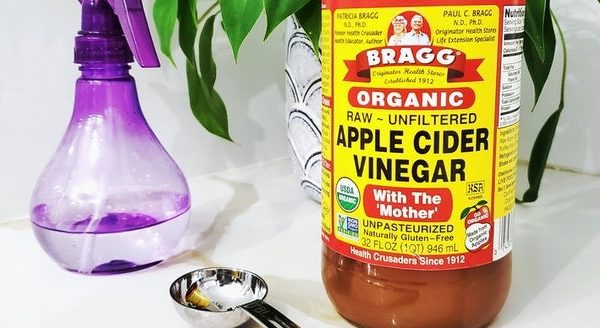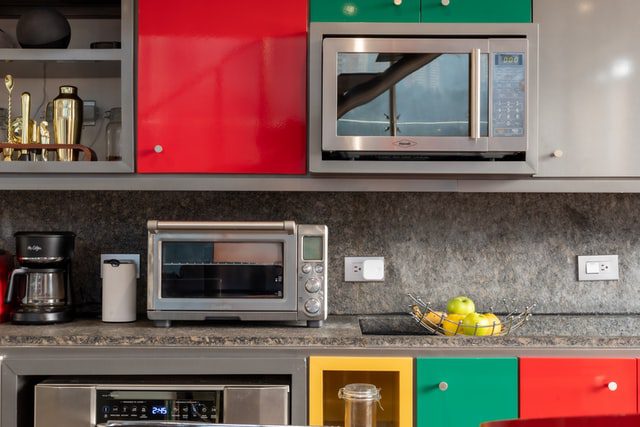How To Clean Your Microwave: Expert-Backed Best Practices, Materials, and Scheduling Tips
Maintaining a sanitary microwave is crucial for facility managers, homeowners, and operations leads across Chicago and the suburbs. Residue buildup can impact appliance performance, compromise food safety, and violate compliance standards. Express Clean’s cleaning experts present a comprehensive guide to effective microwave cleaning that draws from chemistry, practical experience, and regulatory insights.
Why Regular Microwave Cleaning Matters
Microwaves see frequent use in both commercial settings and homes, quickly accumulating food splatters and bacteria. Routine cleaning eliminates odors, reduces cross-contamination risks, and extends appliance lifespan. According to CDC guidelines on home hygiene, high-touch appliances like microwaves should be cleaned and disinfected regularly to ensure safety and compliance.
Essential Safety & Compliance Guidelines
- Unplug the microwave before cleaning to avoid electrical hazards.
- Ventilate the area if using commercial cleaners or heated steam methods.
- Wear gloves and use appropriate personal protective equipment (PPE) when handling cleaning chemicals, especially in facilities.
- Ensure all cleaning agents are compatible with food preparation areas and microwave-safe materials (pH-neutral and non-abrasive are ideal).
- Review safety data sheets (SDS) for any chemical products used.
Step-By-Step: How To Clean Your Microwave
- Remove loose debris: Use a dry paper towel or microfiber cloth.
- Prep a cleaning solution: For eco-friendly options, mix equal parts distilled white vinegar (pH ≈ 2.2) and water, or use a few tablespoons of baking soda in a bowl of water. These are gentle, non-toxic, and safe on most interiors. For chemical disinfectants, follow CDC disinfection protocols for food-contact surfaces.
- Steam clean (for hardened residue): Heat the cleaning solution in a microwave-safe bowl for 2–3 minutes. Allow it to sit with the microwave door closed for an additional 5 minutes. This loosens grime and makes it easy to wipe away. Note: Ensure the bowl is not overheated and handle carefully to avoid burns.
- Wipe interior surfaces: Use a soft cloth or non-abrasive sponge. Pay special attention to the ceiling and the turntable.
- Clean removable parts: Wash the turntable and ring in warm, soapy water, then dry thoroughly before reinstalling.
- Disinfect high-touch areas: Wipe external buttons, handles, and the door with a disinfectant wipe or solution. Ensure dwell time per CDC recommendations—usually 1–5 minutes for most EPA-registered products.
- Allow to air dry: Keep the microwave open for 10–20 minutes to ensure evaporation of any residual moisture and prevent odors.
Comparison Table: Natural vs. Chemical Microwave Cleaners
| Cleaner Type | Effectiveness | pH Level | Suitable For | Safety |
|---|---|---|---|---|
| Baking Soda | Moderate (removes light stains/odors) | 8–9 | All microwave interiors | Non-toxic, safe on most surfaces |
| Vinegar Solution | High (tackles buildup/odors) | ~2.2 | Glass, ceramic, plastic | Non-toxic, avoid prolonged contact with rubber or metal |
| Commercial Disinfectant | High (antimicrobial) | Varies | When required by hygiene protocol | Follow label and use PPE |
Scheduling Tips for Facility Managers and Homeowners
- Commercial/facility setting: Incorporate microwave cleaning into weekly or daily janitorial rotations, especially in shared breakrooms or cafeterias in Chicago-area offices and facilities. Document cleaning schedules and maintain compliance logs.
- Homeowners: Set reminders to clean spills immediately and deep clean the microwave at least once every 1–2 weeks.
- Post-spill protocol: Immediate attention will prevent residue from hardening, simplify future cleaning, and uphold food safety standards.
- Assign responsibility for shared-use appliances to reduce neglect.
Waste Disposal and Cross-Contamination Controls
Dispose of dirty paper towels, used wipes, and gloves in sealed trash bags. If using chemical cleaners, follow manufacturer instructions for waste disposal and avoid pouring strong chemicals down the drain. Regularly sanitize cleaning tools to avoid transferring contaminants to other areas of your facility or home.
Material Compatibility and Special Considerations
- Use only microwave-safe bowls and solutions for steam cleaning.
- Avoid abrasive pads and harsh chemicals that could damage painted, stainless steel, or plastic interiors—see our guide to cleaning stainless steel appliances.
- Always rinse and dry after using acidic or alkaline cleaning solutions to prevent material degradation.
Related Reading for Cleaning Professionals
- Explore our baking soda cleaning tips for versatile and non-toxic solutions.
- Learn more about the safety of green cleaning products and how they impact your facility or home.
- For comprehensive safe cleaning advice, review our guide to cleaning products and respiratory health.
Ready for Next-Level Cleanliness?
Maintain a spotless property effortlessly—book office cleaning in Chicago or schedule move-out cleaning today with Express Clean’s expert team.
Focus Keyphrase: how to clean your microwave
About the Author
Reviewed by: Express Clean Team
With over 20 years of experience in commercial & residential cleaning throughout Chicago, our team specializes in safe, effective maintenance of appliances in diverse settings. Our credentialed experts regularly train facility staff and homeowners in best practices for cleanliness and compliance.



Apartment Cleaning Chicago, Chicago Apartment Cleaning, vinegar, Apartment Cleaning Service in Chicago, Cleaning Services in Chicago Illinois, Apartment Service in Evanston IL, Apartment Cleaning Service Winterfield Il, Apartment Service in Skokie IL, Apartment Cleaning Service in Highland Park il, Cleaning Apartment Services in Wicker Park





